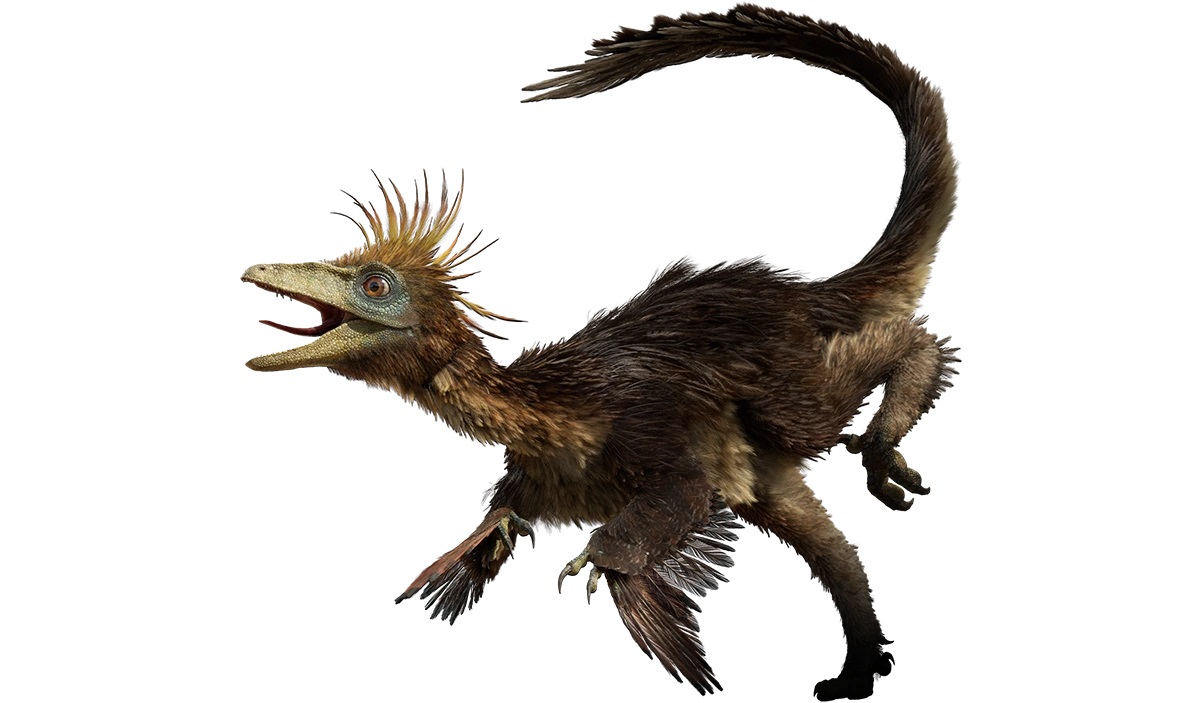
Troodon dinosaurs, also known as “wounding tooth,” were a fascinating species that roamed the Earth during the late Cretaceous period, approximately 76 to 65 million years ago. These remarkable creatures were characterized by their large, forward-facing eyes, slender bodies, and sharp, serrated teeth. Troodons were feathered dinosaurs, making them one of the earliest known feathered species. Their exceptional intelligence sets them apart from their prehistoric counterparts, as they were among the most intelligent dinosaurs to have ever lived. In this article, we will delve into 11 intriguing facts about Troodon dinosaurs, shedding light on their behavior, physical characteristics, and the role they played in the ecosystems of the ancient world.
Key Takeaways:
- Troodon, a small but mighty dinosaur, had a large brain, sharp teeth, and lived during the Late Cretaceous period. It was likely a social, nocturnal predator with advanced cognitive abilities.
- Fossil discoveries of Troodon have been made in North America and Asia, indicating its wide geographic distribution. It had feathers, large forward-facing eyes, and a retractable claw, making it a fascinating and adaptable dinosaur.
Troodon had a relatively large brain for a dinosaur.
Troodon, a small theropod dinosaur, possessed one of the largest brain-to-body ratios among dinosaurs. Its brain was comparable in size to that of modern-day birds and had a highly developed optic lobe, suggesting advanced visual capabilities.
Troodon was a swift and agile predator.
With its long legs and lightweight body, Troodon was well-adapted for speed and agility. It could chase down its prey with ease, making it a formidable hunter in its ecosystem.
Troodon was likely nocturnal.
The structure of Troodon’s eyes, with large orbits and specialized adaptations, indicates that it was primarily active during the night. This adaptation allowed it to take advantage of the darkness and potentially avoid competition with other predators.
Troodon had sharp, serrated teeth.
Troodon’s teeth were perfectly designed for slicing through flesh. Its teeth were sharp and serrated, enabling it to efficiently tear apart its prey.
Troodon was a social dinosaur.
Based on evidence of Troodon fossils found in groups, it is believed that they were social animals, living and hunting in packs. This social behavior may have provided advantages such as cooperative hunting and increased protection.
Troodon had feathers.
Recent discoveries have revealed that Troodon, like many other theropod dinosaurs, likely had feathers. These feathers would have provided insulation and may have also played a role in display and communication.
Troodon had large, forward-facing eyes.
Troodon had a unique feature of large eyes placed at the front of its skull. This gave it binocular vision, allowing for improved depth perception and precision in capturing prey.
Troodon lived during the Late Cretaceous period.
Troodon existed approximately 75 to 65 million years ago, making it a Late Cretaceous dinosaur. It shared its environment with other well-known dinosaurs like Tyrannosaurus rex and Triceratops.
Troodon had a retractable claw on their hind feet.
Troodon had a specialized retractable claw on the second toe of its hind feet. This claw was likely used for grasping and capturing prey, and could be retracted when not in use, reducing the risk of damage to the claw.
Troodon was a highly intelligent dinosaur.
With its large brain, Troodon had the potential for advanced cognitive abilities. It is believed to have exhibited complex behaviors, problem-solving skills, and even the ability to learn from experience.
The Troodon genus is known from fossil remains found in North America and Asia.
Fossil discoveries of Troodon have been made in various locations in North America and Asia. This indicates that Troodon had a wide geographic distribution during its existence.
Conclusion
In conclusion, Troodon dinosaurs are a fascinating species that captivate the imagination of scientists and dinosaur enthusiasts alike. These remarkable creatures lived during the Late Cretaceous period and exhibited unique characteristics that set them apart from other dinosaur species. From their keen intelligence and nocturnal nature to their distinctive teeth and claws, Troodons have left a lasting impression on the scientific community.Despite their relatively small size, Troodons were apex predators and possessed exceptional hunting skills. Their large eyes and sharp vision made them efficient hunters, especially during the night when they were most active. Furthermore, their adaptability and fast growth rate allowed them to thrive in diverse ecosystems.Studying Troodon dinosaurs provides valuable insights into the evolutionary history of dinosaurs and sheds light on the behavior and intelligence of ancient creatures. As researchers continue to unearth new fossil discoveries, our understanding of Troodon dinosaurs and their place in the prehistoric world will undoubtedly expand, revealing even more intriguing facts about these remarkable creatures.
FAQs
1. What does the name “Troodon” mean?
The name “Troodon” comes from the Greek words “troo” meaning “wounding” and “odon” meaning “tooth.” It refers to the sharp, serrated teeth that characterized this dinosaur species.
2. How big were Troodon dinosaurs?
Troodons were relatively small dinosaurs, measuring around 6-8 feet in length and weighing approximately 70-100 pounds.
3. Were Troodons intelligent?
Yes, Troodons are believed to have been highly intelligent dinosaurs. Their large brain size in relation to their body suggests advanced cognitive abilities for problem-solving and learning.
4. What did Troodons eat?
Troodons were carnivorous dinosaurs that primarily fed on small animals such as lizards, small mammals, and even other small dinosaurs.
5. Where have Troodon fossils been found?
Troodon fossils have been discovered in North America, particularly in the western United States and Canada.
6. Did Troodons have any unique physical features?
Yes, Troodons had large eyes and sharp, recurved teeth that assisted them in hunting and capturing prey. They also had long, slender legs and grasping hands with sharp claws.
7. When did Troodon dinosaurs live?
Troodons lived during the Late Cretaceous period, approximately 75-65 million years ago.
8. Were Troodons nocturnal?
Yes, evidence suggests that Troodons were primarily nocturnal dinosaurs, hunting and foraging during the night.
9. Did Troodons have any predators?
While Troodons were relatively small predators, they may have faced competition from larger carnivorous dinosaurs such as Tyrannosaurus rex.
10. Are Troodons related to birds?
Yes, Troodons are considered to be closely related to early bird species. Some scientists believe that they may have exhibited bird-like features and behaviors.
11. Are Troodons still alive today?
No, Troodon dinosaurs became extinct around 65 million years ago, along with the majority of dinosaur species.
Was this page helpful?
Our commitment to delivering trustworthy and engaging content is at the heart of what we do. Each fact on our site is contributed by real users like you, bringing a wealth of diverse insights and information. To ensure the highest standards of accuracy and reliability, our dedicated editors meticulously review each submission. This process guarantees that the facts we share are not only fascinating but also credible. Trust in our commitment to quality and authenticity as you explore and learn with us.


